Hidden Gems at Yokohama Station
The third COVID state of emergency was lifted in the Kanto region of Japan at the end of March 2021. People gradually started to go out more often. On the surface level the life seemed to be returning to normal – except that people were wearing face masks even those without cedar pollen fever – allergy similar to hay fever.
On a weekend, I visited Yokohama. Yokohama is located about 30 minutes from Tokyo by train. It is known as one of the oldest port towns which started trade with western countries, such as France, Britain and America about 200 years ago. It is pretty big city with many areas to visit, such as the three towers of King, Queen and Jack, Hikawa-Maru ocean liner, Minato-mirai area, China town, Yokohama English Rose garden and many more.
The Yokohama station is one of the spots where you can see some iconic figures which represent Yokohama’s history. Once you are out of central ticket gates of JR or other private railways, you might notice very small trails of the history of Yokohama.
The first thing you might find is an old-fashioned style street lamp posts. These represent that the Yokohama was one of the residential areas for merchants from Europe and America. They built residential area with houses in bricks, and street lamps illuminated the streets. The lamp posts at Yokohama station is one of the popular meeting spot, and you might find lots of people standing by there.
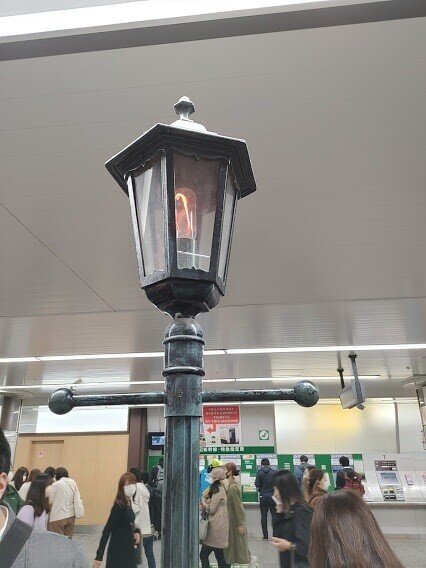
Just between the lamp posts, there is a statue of a little girl. It is a representation of a girl who appears in an old children’s song called “Akai Kutsu (The Red Shoes)” The song was published in 1922, and the lyric is said to be based on the fate of a girl who lived in Yokohama. There are many theories and legends about the girl, and one of a theory goes that she was an orphan girl who lost her mother at the young age, and adopted to an American missionary. She said to be wearing red shoes when she was about to on board the ship bound for America with her step parents. Back in time when this lyric was written, most common footwear in Japan were Geta (wooden sandals) or Zori (Rice straw sandals). The western-style shoes in red must have given a strong impression to Japanese people back then.
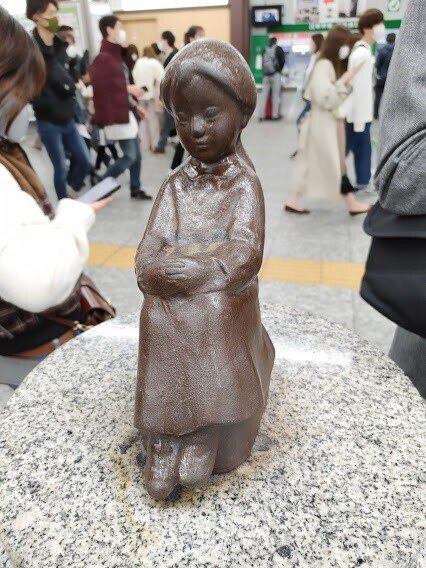
Besides the statue, there is a kiosk by “Kiyo-ken” selling Yokohama’s renowned Shiumai ( Dim- Sum ) bento. You might notice waft of juicy meat dim-sum from the kiosk.
Kiyo-ken is one of the oldest establishments in Yokohama. Their history goes back to 1908, started off as a kiosk at Sakuragi-cho station selling drinks and light meal such as milk, lemonade and sushi. They started to sell bento in 1915, and Shiumai dim-sum appeared on the menu in 1928. The Shuimai bento is one of the popular bento, many loves to eat it on the train. Kiyoken is not just kiosks selling bento. If you prefer sit-down meal, they have restaurants in Yokohama as well.
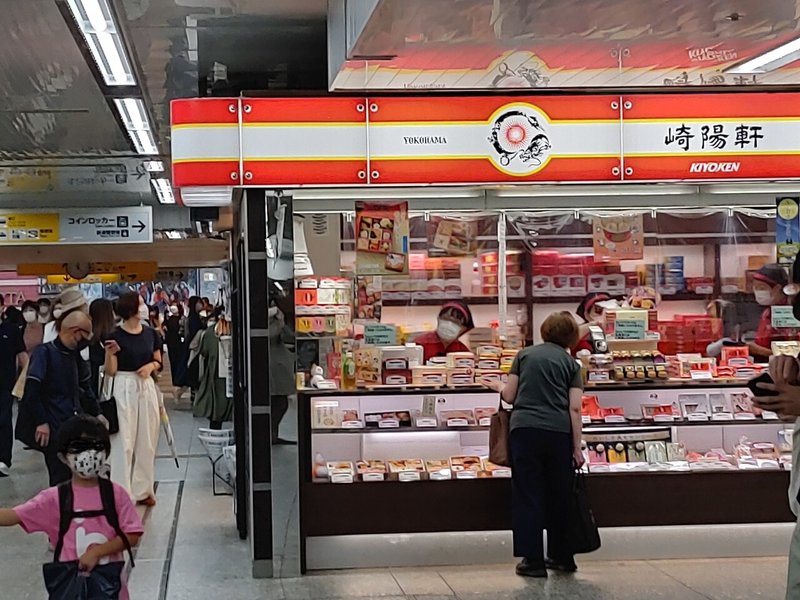
Another symbol of Yokohama is seagulls. If you have a chance to visit the port of Yokohama, you will be greeted by many seagulls flying about. When you walk to the eastward of Yokohama station, you will see the entrance of shopping area called “Porta”.
There are stained glasses and curving on the sealing which features seagulls flying in the sky.
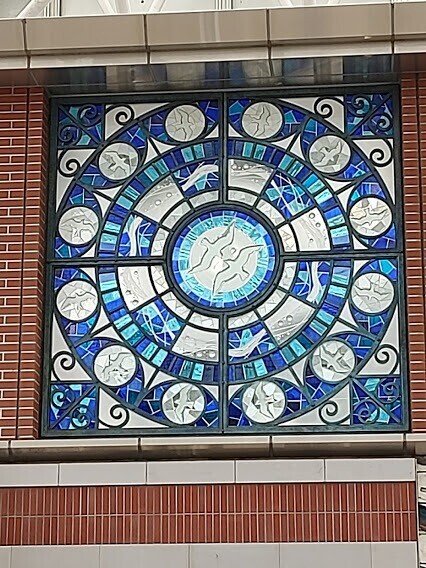
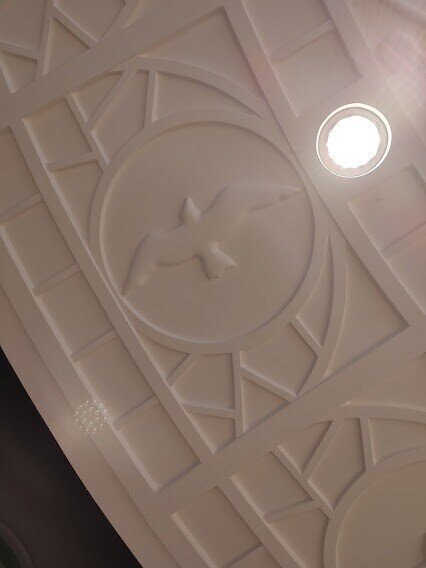
Last but not least important figure is the statue of little sailor “Little Madoros”. The statue is located on the western side of Yokohama station, in front of a department store called “MORE’S”. Sailors – or more fondly known as “Madros”, were one of prominent figures which must have strolled the port town back in time when the trade begun to flourish in Yokohama.
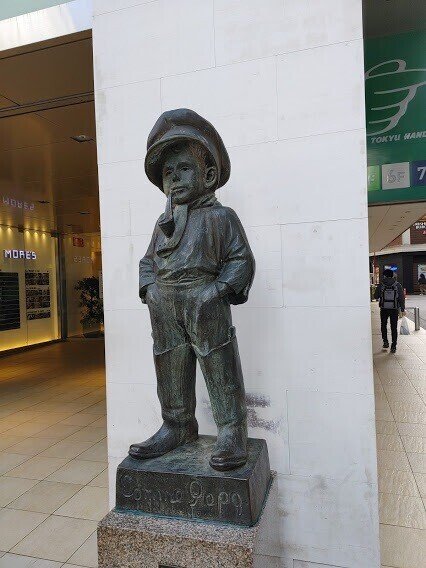




Comments
Post a Comment